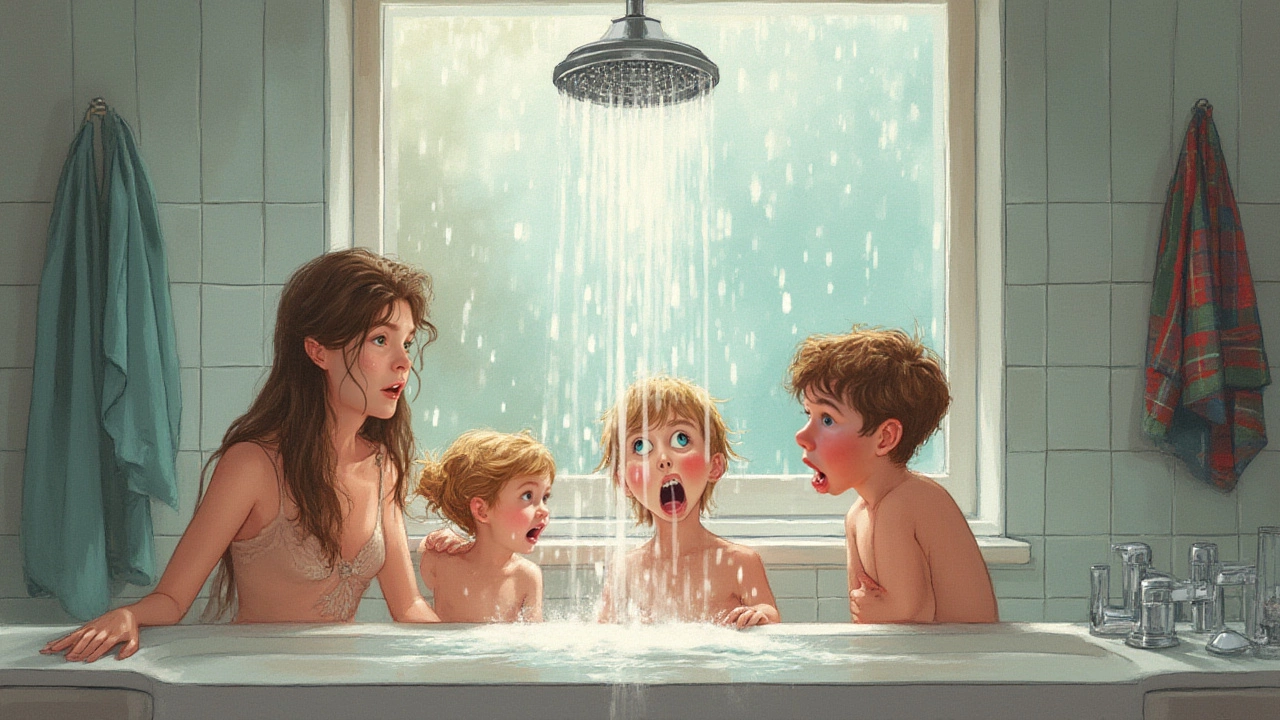Cold Water Fix: Simple Steps to Get Warm Water Back
If you’re standing under a chilly shower or dealing with a fridge that won’t chill, you know how annoying cold water issues can be. The good news? Most problems are easy to spot and fix yourself, and you don’t need to wait for a plumber.
Identify the Source
First, figure out where the cold water is coming from. Is it just one faucet, the whole house, or a specific appliance? A single faucet that drips cold usually points to a valve or a clogged aerator. If every tap feels lukewarm, the problem is likely with the boiler or the main supply line.
Check the water heater thermostat. Many homes set it between 120°F and 140°F. If it’s turned down too low, your hot water will feel like cold. Adjust the dial and wait a few minutes for the water to heat up.
Fix Common Problems
1. Stuck or Faulty Valve – Most taps have a shut‑off valve under the sink. Turn it clockwise to close, then open it back up. If water still runs cold, the valve may need replacement. Swapping a valve takes just a screwdriver and a wrench.
2. Clogged Aerator – Unscrew the faucet tip, pull off the aerator screen, and rinse it under running water. If mineral buildup is heavy, soak the screen in vinegar for 30 minutes, then reinstall.
3. Leaking Hot Water Pipe – Look for wet spots on walls or under cabinets. A small leak can let hot water escape, leaving the remaining flow lukewarm. Seal minor leaks with pipe repair tape or call a pro for larger bursts.
4. Boiler Issues – If your boiler makes strange noises or shows an error code, turn it off and let it cool for a few minutes. Then reset it according to the manufacturer’s guide. A pressure gauge reading below 1 bar usually means the system needs more water; top it up using the fill valve.
5. Refrigerator Not Cooling – For a fridge that’s only blowing cold air, check the condenser coils behind the unit. Dust them off with a vacuum brush. Also, ensure the door seals are tight; a broken seal lets warm air in, making the fridge work harder.
When you’ve tried these steps and still have cold water, it’s time to call a professional. A trained technician can diagnose hidden issues like a failing heat exchanger or a broken pump.
Remember, safety first. Turn off the water supply and electricity before working on any appliance. If you’re unsure, it’s better to wait for an expert than risk a bigger problem.
Fixing cold water doesn’t have to be a nightmare. With a quick check of valves, aerators, and boilers, most homeowners can restore warm water in under an hour. Keep a simple toolbox handy, and you’ll be ready the next time the water runs cold.
Hot Water Suddenly Cold? Troubleshooting Water Heater Problems at Home
0 Comments
Hot water in your shower keeps turning cold? Discover the reasons, practical fixes, and when to call in the pros. Solve your hot water headaches today.
Read More